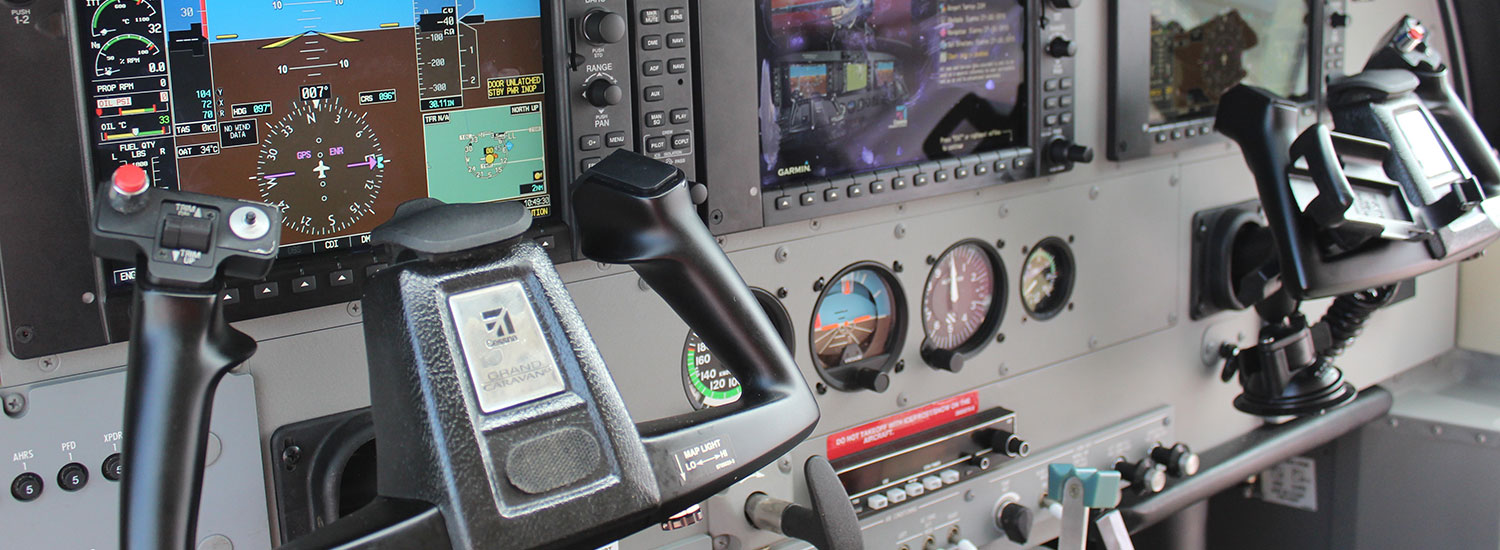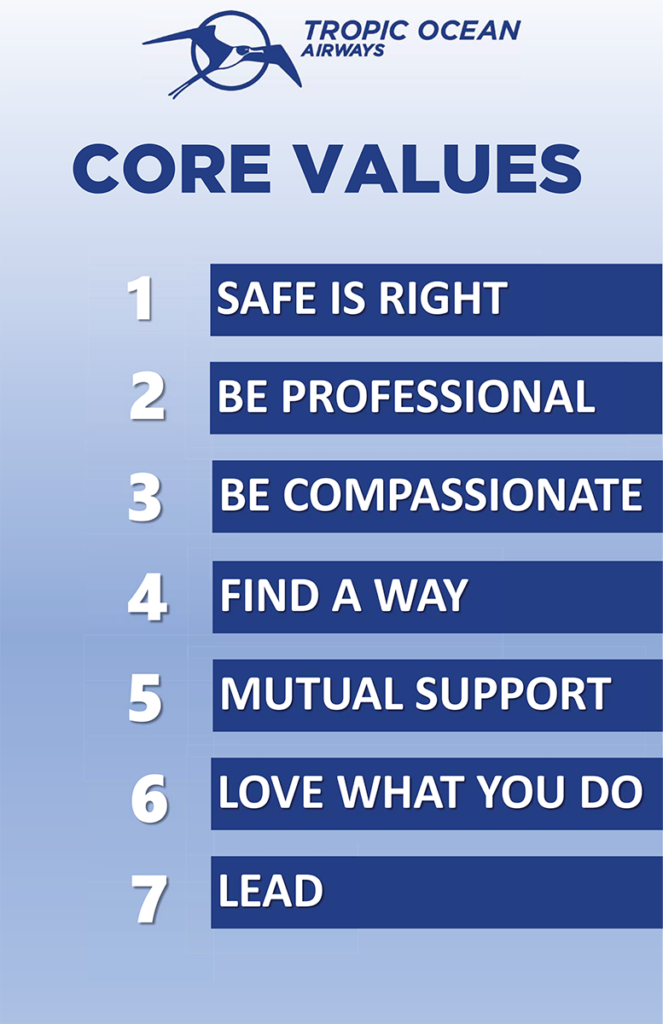
16 Mar Safety 101 When Flying Private
Posted at 14:21h
in General Information
On a recent flight, one of our pilots described a conversation with a guest: “The guest has flown with us a few times, and when I told her that it was a windy day and explained what we do in these circumstances, she told me she trusted our decisions and wasn’t nervous at all. Then she explained why she felt so comfortable….she had an aviation crash investigation lawyer look into Tropic Ocean Airways before she flew with us and the lawyer told her that his findings show that Tropic is a great airline, with great maintenance, great pilots, and overall, a very safe record.” Daniel Gelman, Captain/Pilot
Here’s the skinny on flying private – it’s pretty great from a guest’s perspective and when you look under the hood, so to speak, there are a number of factors that make private travel extremely safe. Essentially, it’s the cat’s meow of travel – the best of both, if you will.
Here are some important differentiators from flying commercial that you may or may not have realized:
- Having an in-house maintenance team is a game-changer.
- Think about owning a Ferrari…would you rather take it to your Ferrari mechanic or Jiffy Lube (no offense)? You’d take it to the experts that know your vehicle.
- Maintenance being in-house also means that the technicians are touching, seeing and evaluating the aircraft on a daily basis to perform checks on the planes to ensure the fleet’s safety and cleanliness.
- You can fly with one or two pilots. Here’s why the two-pilot standard is far-and-above the best option – safety!
- While the FAA regulates that an airline the size of Tropic Ocean Airways only needs to have one pilot per aircraft, it is our company standard to operate with two pilots, just like larger airlines. We take safety very seriously for our guests and our pilots.
- Even if you see both front seats occupied on other private aircraft, the person in the right seat, may or may not be equipped to fly the plane.
- Our second in command pilots (SICs for short) are certified to fly the aircraft. They go through an extensive training program and are put through a check ride or test flight, administered by an FAA approved check airman.
- Amphibious aircraft can land on water or land. Who doesn’t love options?
- It’s awesome to have the option to land on a runway or on water.
- What’s even better is to know that you have the option….should circumstances dictate such, there are options to ensure everyone’s safety.
- Cessna Caravans are equipped with continually flowing fresh air.
- No one likes the thought of breathing recycled air. With our heightened awareness about the air we breathe, it is important to evaluate what goes into our lungs.
- There is fresh air going through the cabin all the time. When the aircraft is moving the rate of air increases with the airspeed.
- The air is circulating via an air conditioning system to ensure guests stay cool on hot days.
- Due to current conditions related to the COVID-19 virus, our aircraft are fogged with a Vector DC20 Plus foggers daily to ensure cleanliness of the aircraft.
- Tropic’s #1 Core Value is ‘Safe is Right’.
- It is on the wall of every office at Tropic Ocean Airways to ensure compliance at every level.
- We also have an internal Safety Council that meets monthly to review safety across the organization.


